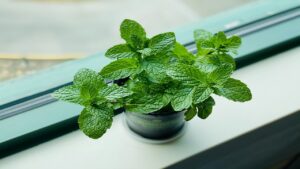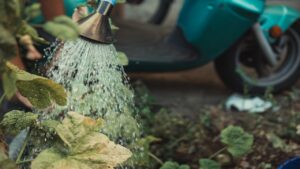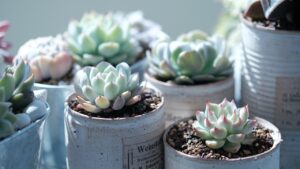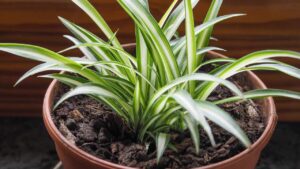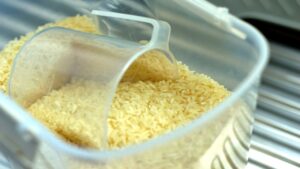The False Papyrus, The Plant That Cannot Be Missing In Your Home
False papyrus, also known as Cyperus papyrus, is a perennial water plant found in tropical and subtropical Africa. Despite the common name, this plant is not closely related to the papyrus plant; instead, it belongs to the Cyperaceae family.
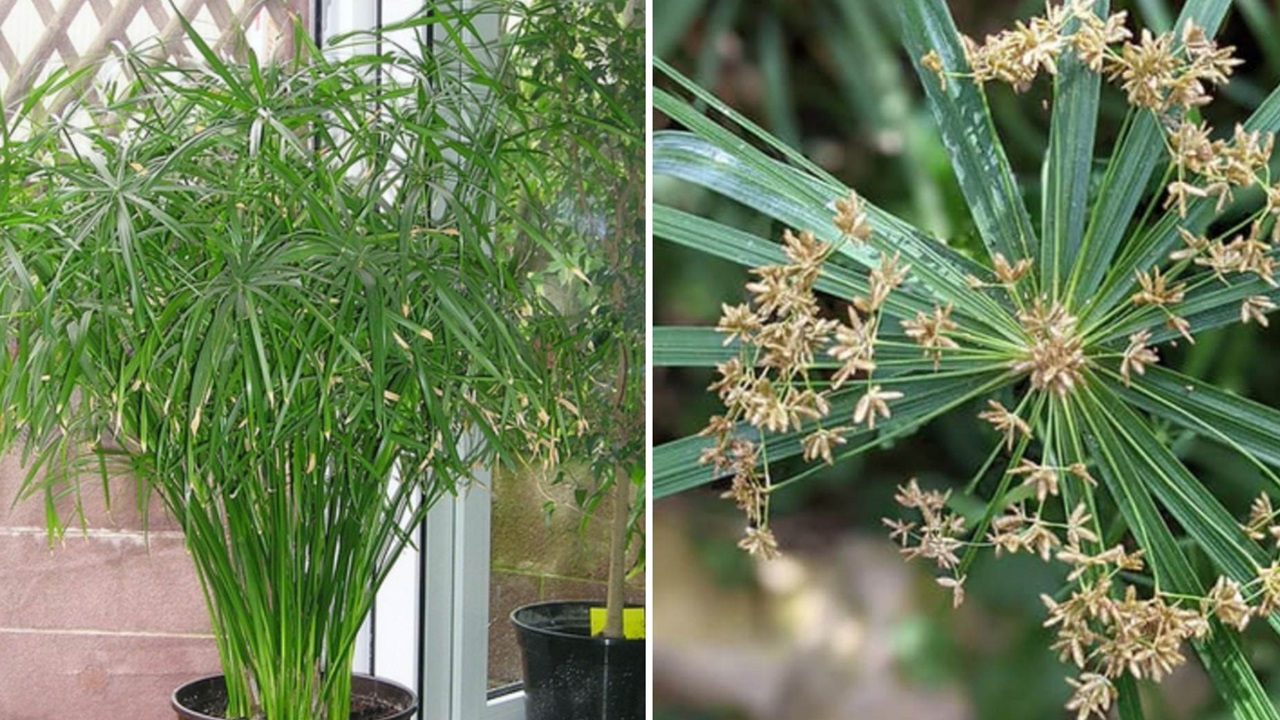
The false papyrus has a tall, upright, and branched stem that can grow 2-3 meters high. Its leaves are long, narrow, and shaped like triangles. The flowers, which appear in summer, are small and brown and occur in small clusters.
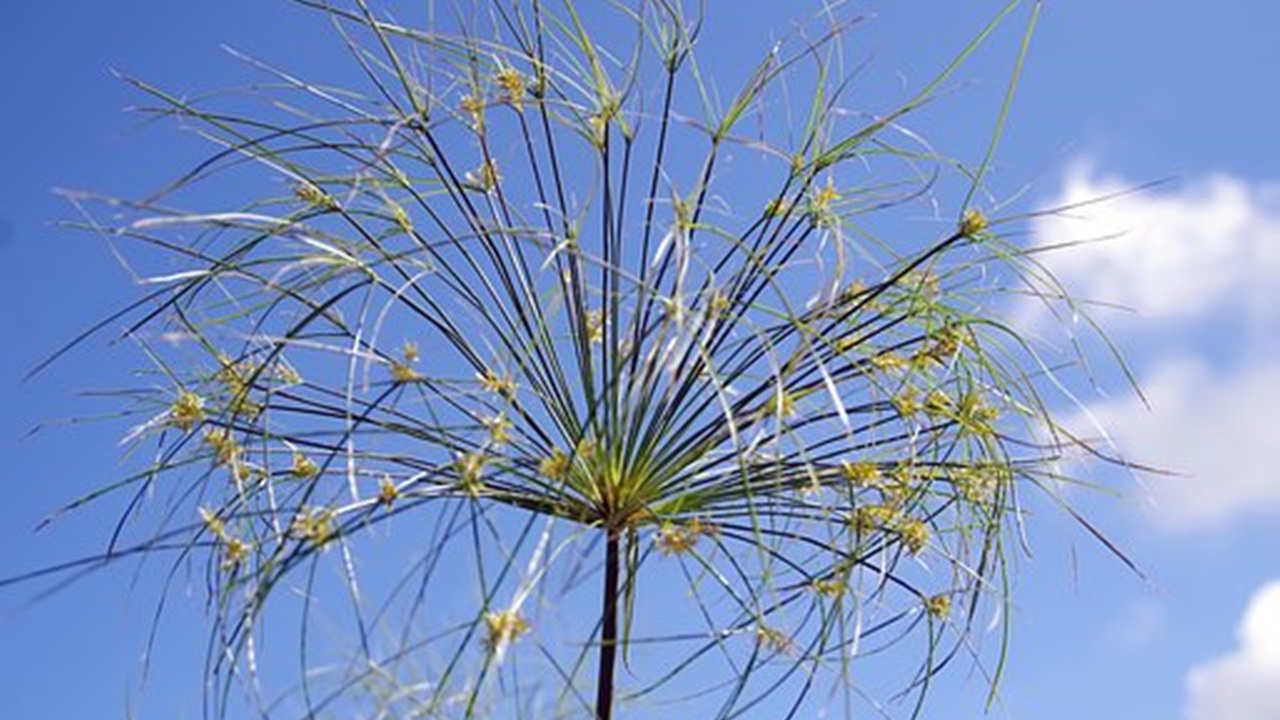
False papyrus holds significant ecological value, as it purifies water and restores wetlands. Its roots are effective in preventing soil erosion. It is often used in gardens and parks as an ornamental plant and is considered an invasive plant in some regions.
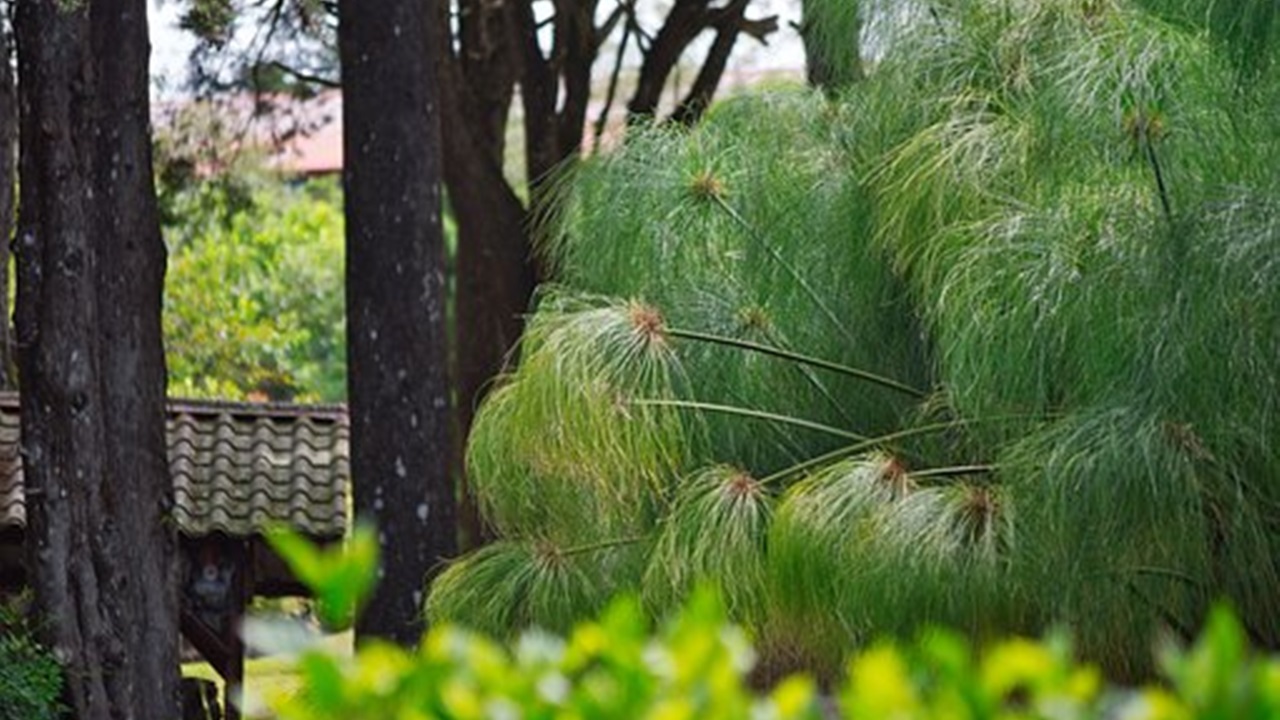
How to grow false papyrus
False papyrus grows best in moist soils, such as coastal areas, marshes, and ponds, although it can adapt to a variety of growing conditions. The plant grows quickly and needs minimal care, making it favored for landscaping projects due to its ease of maintenance.
The perfect soil mix for growing false papyrus consists of two parts green planting soil, one part peat moss, and one part sand. During the growing season, fertilize the plant with a liquid product designed for green plants, containing iron, copper, and zinc. Keep the soil consistently moist as the plant doesn’t mind stagnant water. In summer, it’s recommended to leave some water in the saucer for added moisture.
False papyrus thrives in full sunlight with temperatures between 62.6 to 68 degrees Fahrenheit (or 17 to 20 degrees Celsius) and does not require pruning. The important thing is to free the foliage from dry leaves.
Due to its ease of growth and high resistance, it is not susceptible to attacks from parasites or fungal diseases.
